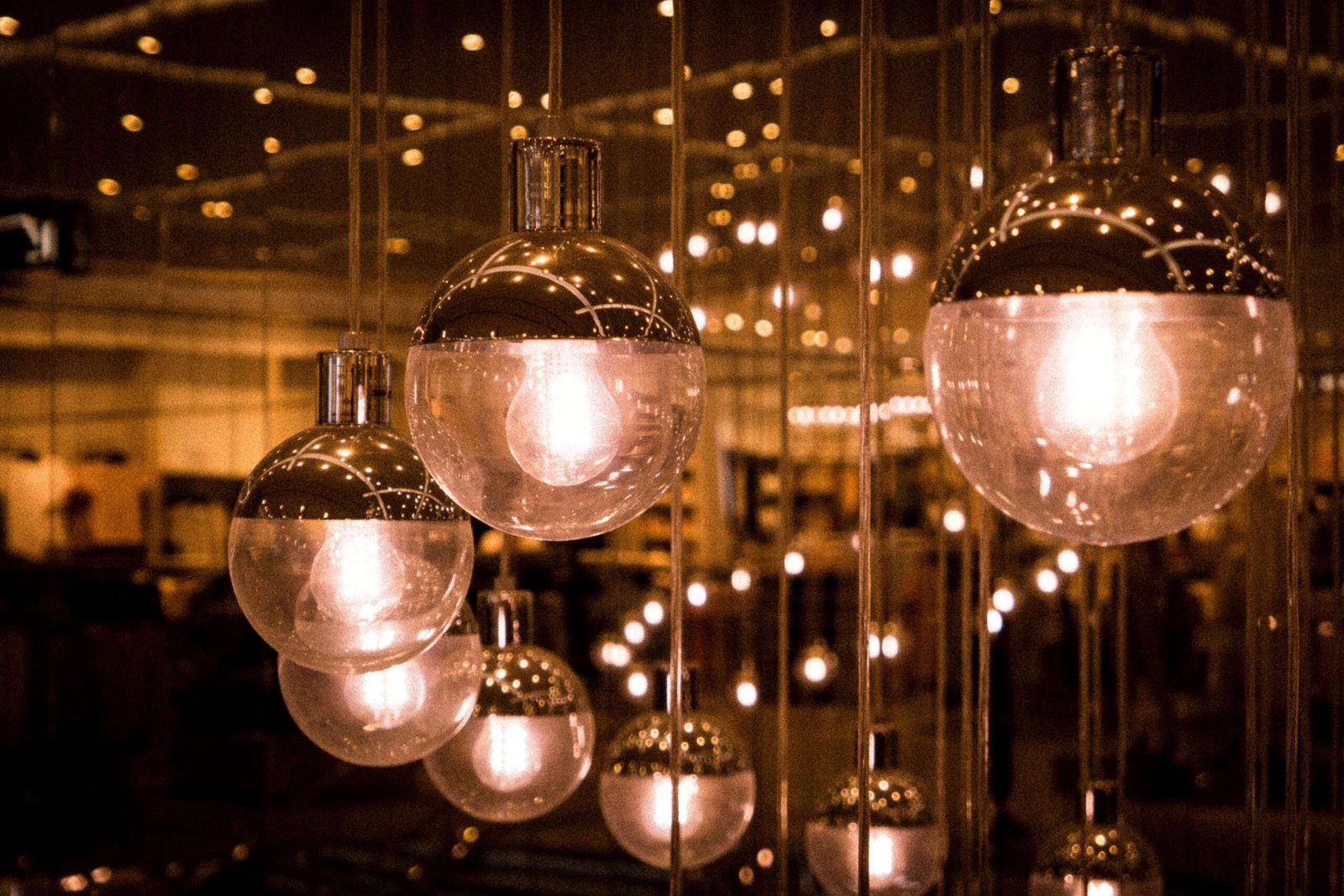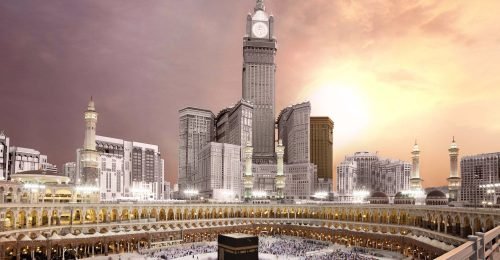
The Importance of Lighting in Interior Design
Lighting is a crucial element in interior design, often playing a pivotal role in creating ambiance, enhancing aesthetics, and influencing the mood and functionality of a space. A well-thought-out lighting plan can transform a room, making it beautiful and practical. Here’s an in-depth look at why lighting is so important in interior design
Enhances Mood and Atmosphere
Lighting has a profound impact on the mood and atmosphere of a space. Bright, natural light can make a room feel open and airy, while dim, warm lighting can create a cozy and intimate environment. Designers often use different lighting techniques to evoke specific emotions:
– Ambient Lighting: Provides overall illumination, setting the general mood of the space. It’s typically achieved through ceiling lights, chandeliers, or recessed lighting.
– Task Lighting: Focuses on areas where specific activities are performed, such as reading lamps, under-cabinet kitchen lights, or desk lamps. It ensures sufficient light for tasks that require attention to detail.
– Accent Lighting: Highlights particular features, such as artwork, architectural elements, or decorative objects. This type of lighting adds drama and focal points to a room.
Defines and Enhances Space
Proper lighting can define areas within a room, creating a sense of structure and purpose. For example, pendant lights over a dining table can delineate the dining area in an open-plan living space. Likewise, strategic lighting in a hallway can lead the eye and guide movement through the home.
Adds Aesthetic Appeal
Lighting fixtures themselves can be artistic statements and contribute significantly to the overall design aesthetic. Chandeliers, sconces, and lamps come in a wide array of styles, from minimalist and modern to ornate and traditional, allowing designers to enhance the visual appeal of a space. The choice of fixtures, along with the type of light they emit, can reinforce the desired design style and character.
Improves Functionality
Good lighting design considers the practical aspects of how a space is used. In kitchens, bright and focused lighting is essential for food preparation, while in living rooms, ambient and task lighting can cater to various activities like reading, watching TV, or socializing. By layering different types of lighting, designers can ensure that each area is adequately lit for its intended function.
Affects Perception of Space
Lighting can change the perception of a room’s size and shape. For instance, uplighting can make a room appear taller, while strategically placed mirrors reflect light and make a space feel larger. Conversely, poorly lit rooms can feel cramped and uninviting. Understanding how to use light to manipulate spatial perception is a key skill in interior design.
Highlights Colors and Textures
Light has a significant influence on how colors and textures are perceived. Natural light brings out the true colors in a room, while artificial light can warm or cool tones depending on the bulb’s color temperature. Lighting can also enhance textures, creating depth and interest. For example, a textured wall illuminated with grazing light will cast shadows that emphasize its pattern.
Energy Efficiency and Sustainability
Modern lighting design also considers energy efficiency and sustainability. The use of LED bulbs, dimmers, and smart lighting systems can reduce energy consumption and costs. Moreover, sustainable lighting design often incorporates natural light through windows, skylights, and light tubes, minimizing the need for artificial lighting during the day.
In interior design, lighting is far more than just a functional necessity. It is a powerful tool that can dramatically change the look and feel of a space. By thoughtfully integrating ambient, task, and accent lighting, designers can create environments that are not only visually stunning but also perfectly suited to their intended use. Understanding the importance of lighting and how to manipulate it effectively is essential for any successful interior design project.



